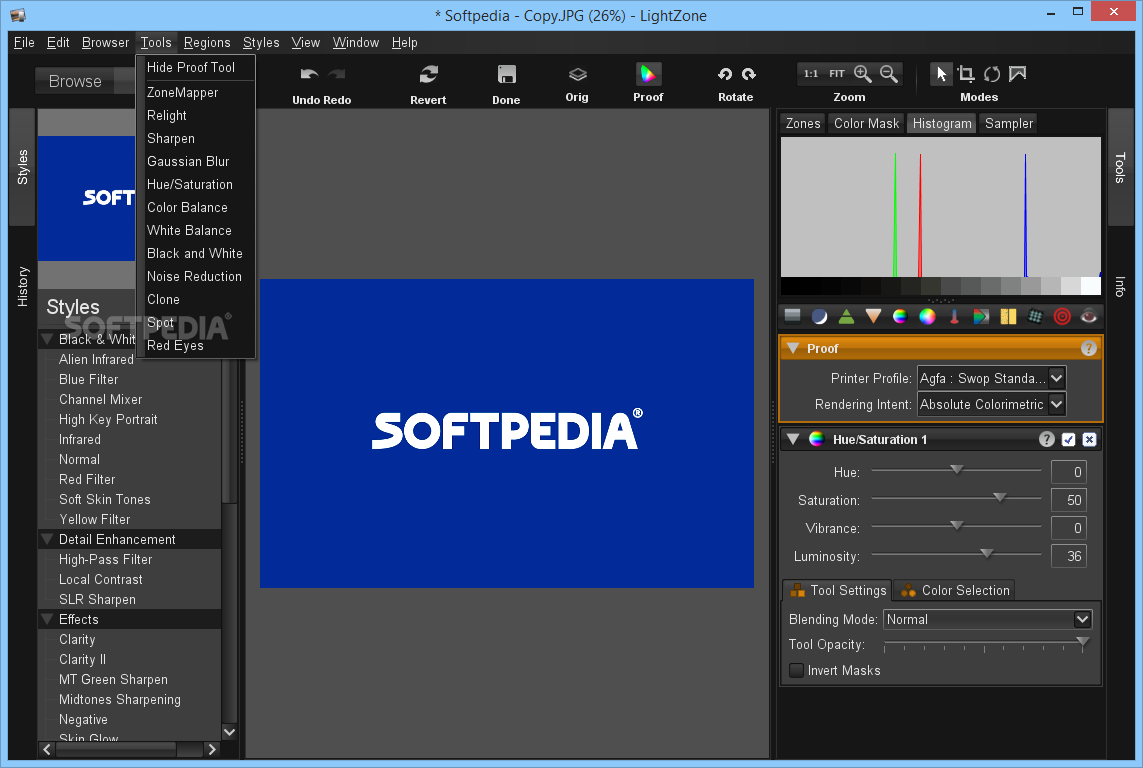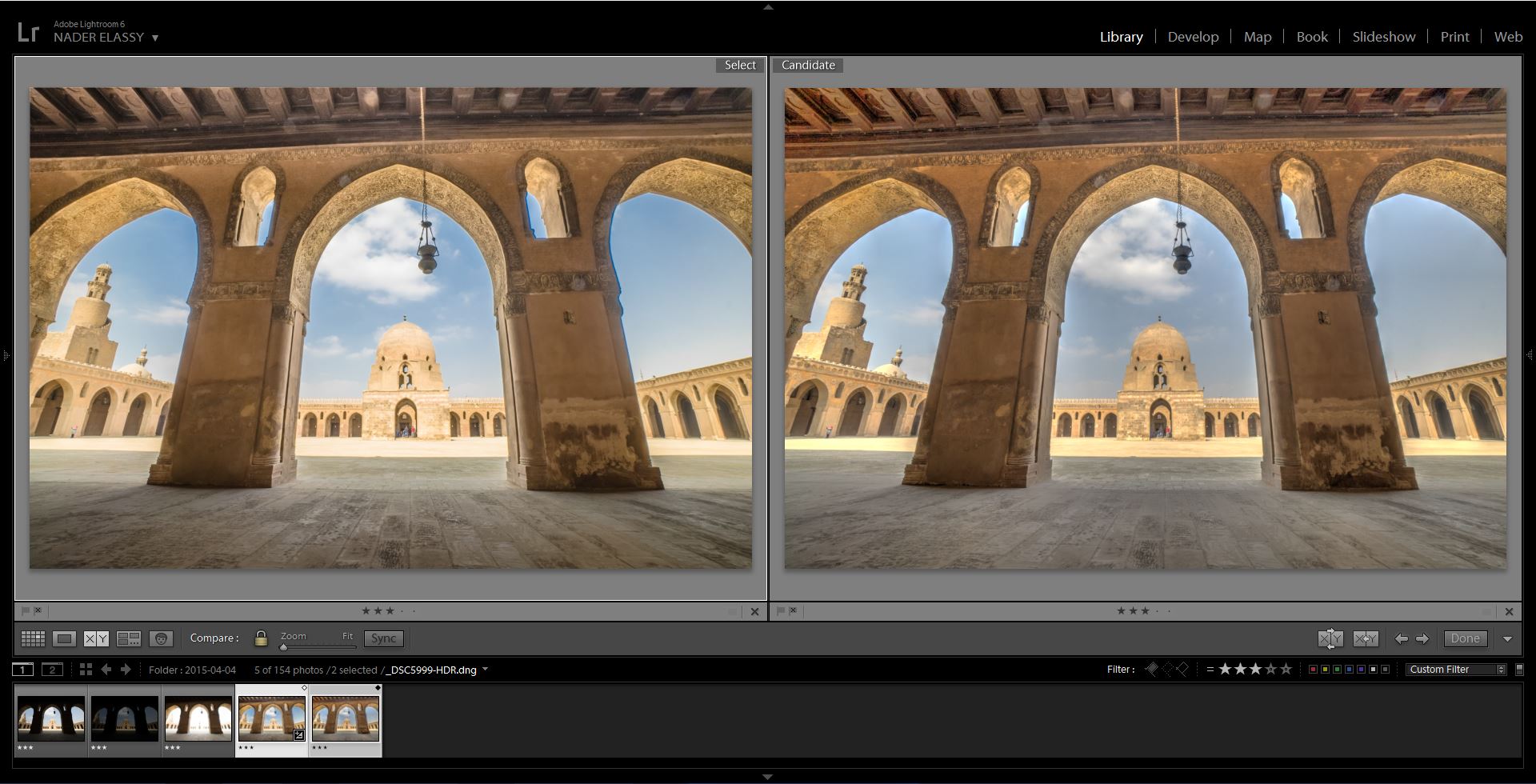

Unlike Adobe Lightroom, Lightzone has area selection tools so you can select, say, just a person's face and boost the exposure there without affecting the rest of the image. In this department, working on a single image, Lightzone can do everything that Adobe Lightroom can do and more. Given those technical issues, why bother talking about Lightzone? Because the one thing that it does well, it does breathtakingly well, and because that one thing happens to be the most important thing of all: editing a photo. Every time I double-click a thumbnail to open it for editing, I have to wait five or six seconds. In spite of these steps, Lightzone is still a bit slow - certainly slower than either Adobe Lightroom or Picasa (the other program that I use for browsing and organing my post-conversion JPEG files). I generally do not open really large files - just Pentax Raw (PEF) files that are about 10 MB in size to start with. And I try to exit out of as many other programs as I can before using Lightzone. I have assigned Lightzone well over 1 GB of memory in its app preferences dialog.

I have a core duo Dell laptop (Latitude D820) with 2 GB of RAM. On the Lightzone forums, someone recommended giving Lightzone about two thirds of the memory you've got on your computer. But the big problem with Lightzone is performance.

A bigger problem for me is that Lightzone's file browser is no match for Adobe Lightroom's Library module. Lightzone lacks Adobe Lightroom's printing and web-gallery modes, for starters but I don't care about those modes - I do my print and web work in Picasa - so it's not a problem for me that Lightzone lacks them. Lightzone looks like it has many fewer features than Lightroom and I guess, if you just counted total "features," it does. The thing that's making the choice of Lightroom difficult for me personally is a program called Lightzone, from a small Silicon Valley company named Lightcrafts. Multiple online training sites - even a Lightroom News site.

There are more than half a dozen books waiting to be released on Lightroom this minute.
LIGHTZONE VS LIGHTROOM 2015 PROFESSIONAL
The day it appears it will become the de facto standard for all professional photographers who are not already irretrievably committed to something else like Apple Aperture, Phase One's Capture One, or Adobe's own Photoshop-centric Creative Suite. I might add that there's a lot of buzz about Lightroom. It doesn't seem to require a huge amount of memory. It's possible to make the user interface practically disappear so you can really focus on your photograph. In Lightroom's Develop module, you can edit your images using a rich set of features similar to Photoshops in many respects, but focused exclusively on the task of processing photos. Lightroom's Library module is ideal for organizing, tagging, reviewing, and selecting hundreds of images at a time. Adobe's developers have thought about what photographers need from the moment they click the shutter to the moment their images appear in print or on the Web and Lightroom provides photographers with a tool for every task. Lightroom does almost everything and does almost everything pretty well. The safe choice is unquestionably Adobe Lightroom - or to call it by its official name, Adobe Photoshop Lightroom. Commit to Lightroom, or commit to Lightzone? So I can make it to the end of the month. I should perhaps add that only a week after that, the beta of Lightroom that I've been using for a couple of months also expires.
LIGHTZONE VS LIGHTROOM 2015 TRIAL
Second, my 30-day trial version of Lightcrafts' Light zone will expire. First, Adobe Lightroom version 1 will finally be released. Two things happen in ten days and the combination of the two is making me very nervous.


 0 kommentar(er)
0 kommentar(er)
